At the most basic level, etching is a process by which certain portions of a work piece are masked by a non-reactive material, and the rest is exposed to a chemical that attacks the exposed areas, dissolving them to the depth required by the work piece design parameters, sometimes to depths of half an inch. The masking material is then removed and the part washed to prevent further etching before the part undergoes further machining.
The challenge is to find the right etching solution for the material you are working with, because different chemicals react to different materials in different ways; some doing little more than revealing the grain and others eating deeply into the surface. For example, steels are generally etched using hydrochloric and nitric acids, with Nital (a mixture of ethanol, methanol, methylated spirits, and nitric acids) being preferred for mild steel and plain carbon steel, and ferric chloride for stainless steel. Aluminum, on the other hand, is etched with either sodium hydroxide, or a mixture of nitric acid, hydrochloric acid, and hydrofluoric acid, called Keller’s Reagent. Like steel, copper can be etched with ferric chloride, and nitric and hydrochloric acids; but it can also be etched using cupric chloride, ammonia, ammonium persulfate, and hydrogen peroxide.
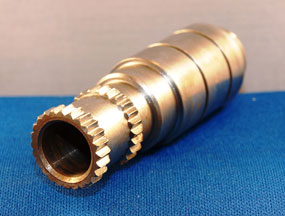 Broaching
Broaching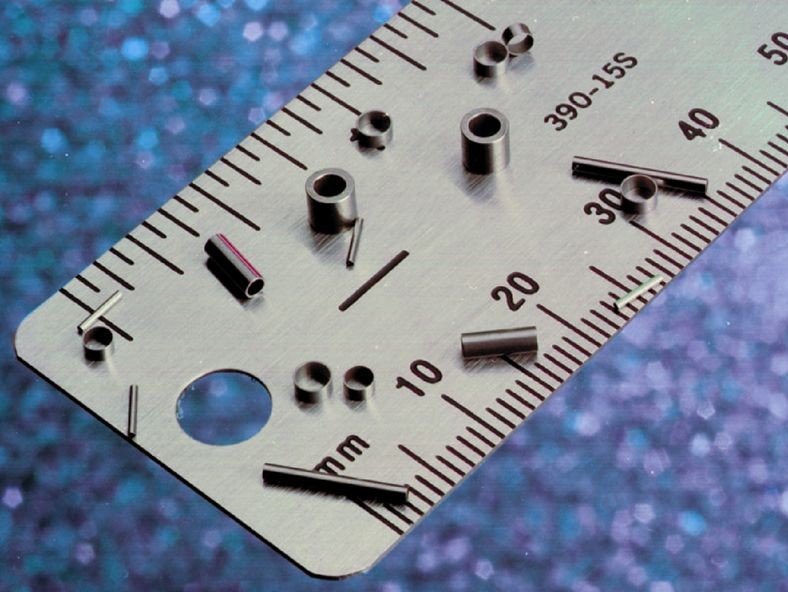 CNC Machining
CNC Machining Expanded Metals
Expanded Metals Laser Cutting
Laser Cutting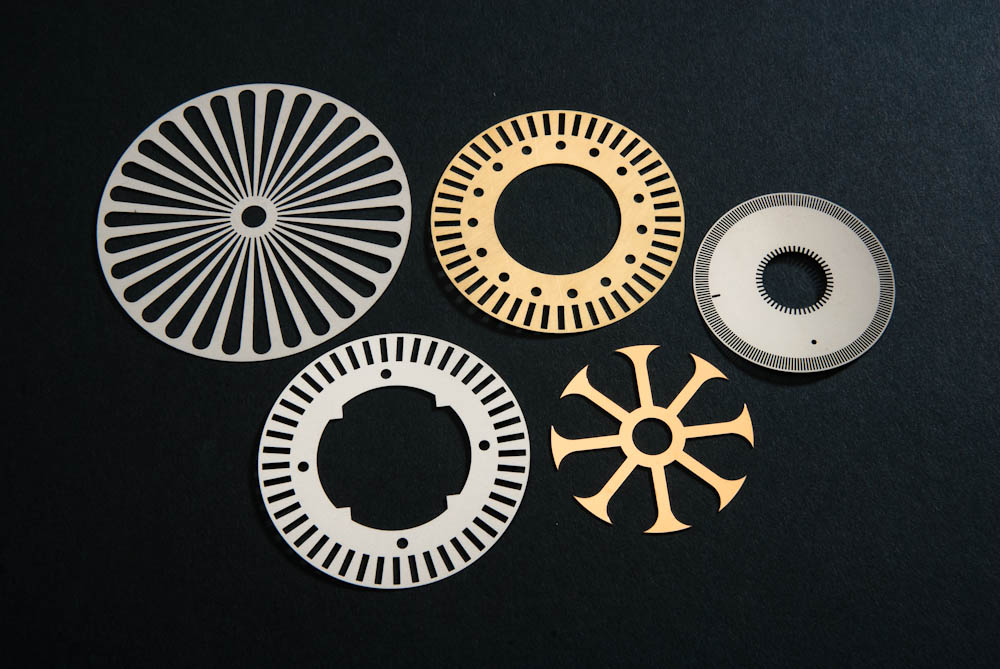 Metal Etching
Metal Etching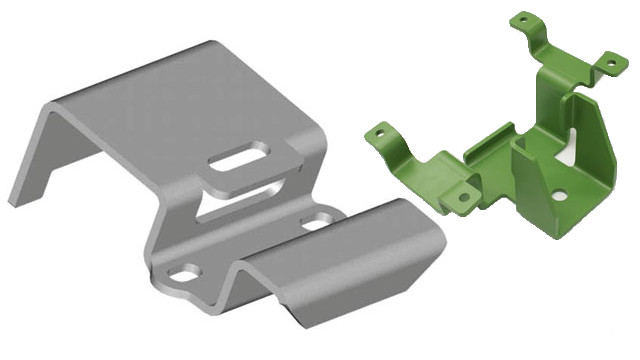 Metal Fabrication
Metal Fabrication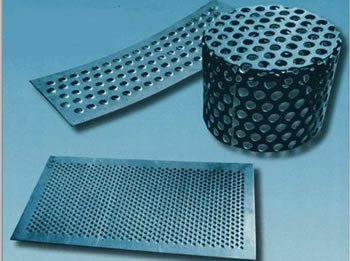 Perforated Metals
Perforated Metals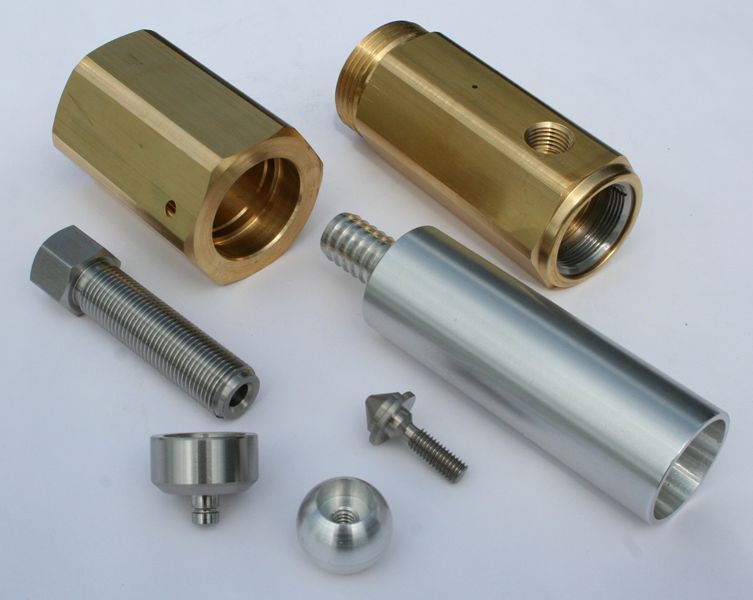 Screw Machine Products
Screw Machine Products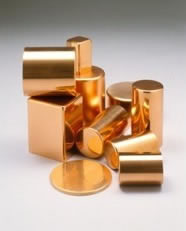 Metal Stampings
Metal Stampings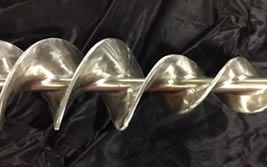 Sheet Metal Fabrication
Sheet Metal Fabrication Tube Fabrication
Tube Fabrication Water Jet Cutting
Water Jet Cutting Castings & Forgings
Castings & Forgings Bulk Material Handling
Bulk Material Handling Electrical & Electronic Components
Electrical & Electronic Components Flow Instrumentation
Flow Instrumentation Hardware
Hardware Material Handling Equipment
Material Handling Equipment Metal Cutting Services
Metal Cutting Services Metal Forming Services
Metal Forming Services Metal Suppliers
Metal Suppliers Motion Control Products
Motion Control Products Plant & Facility Equipment
Plant & Facility Equipment Plant & Facility Supplies
Plant & Facility Supplies Plastic Molding Processes
Plastic Molding Processes Pumps & Valves
Pumps & Valves Recycling Equipment
Recycling Equipment Rubber Products & Services
Rubber Products & Services